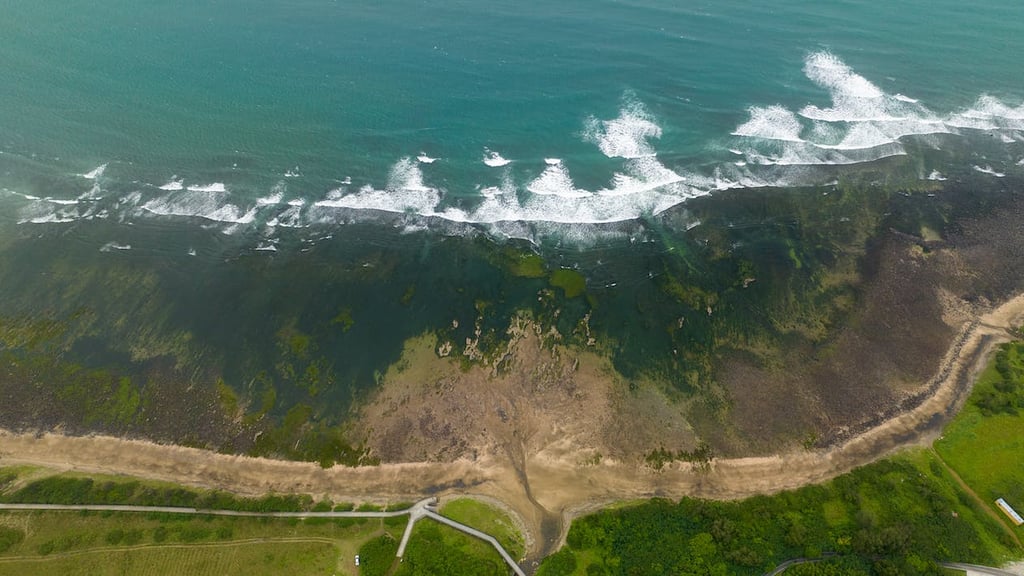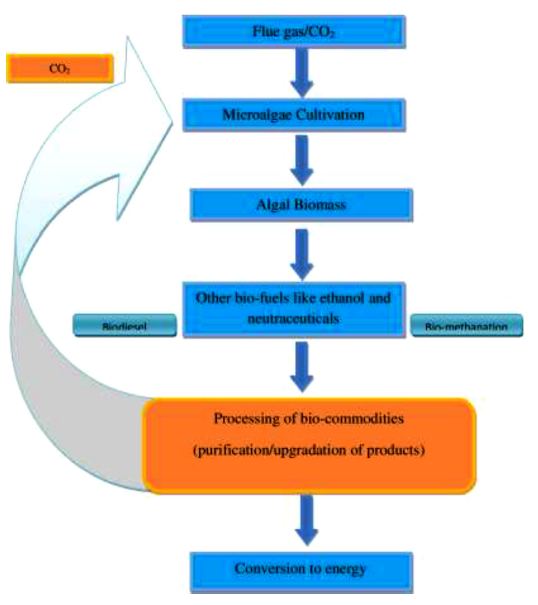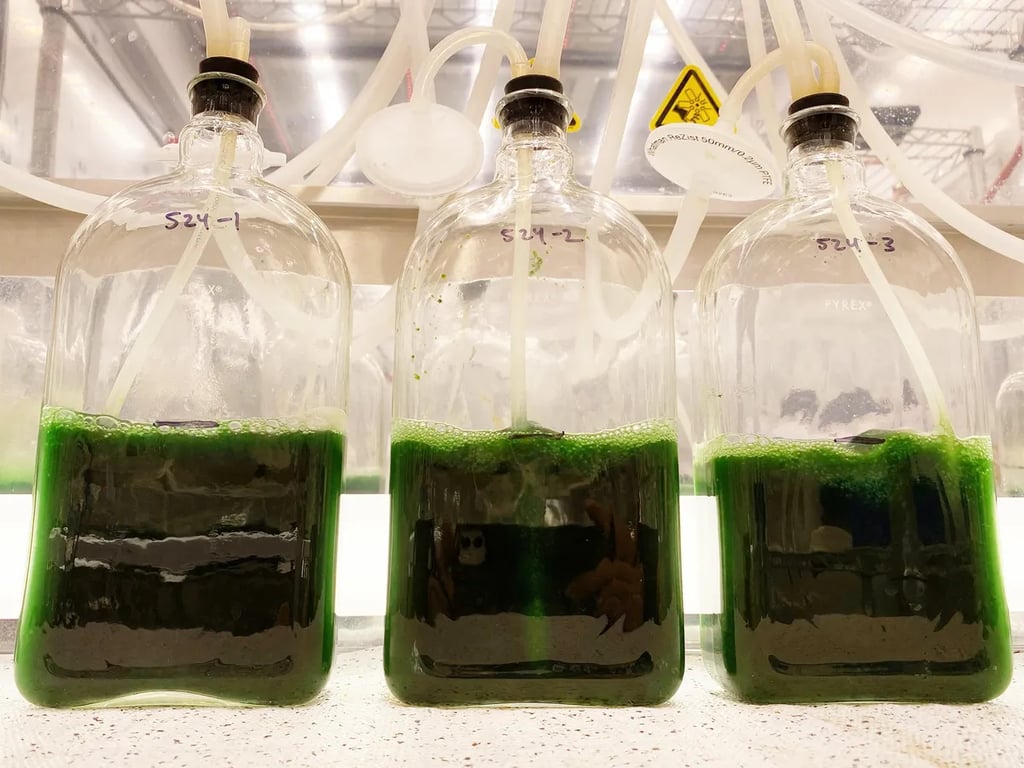Unlocking the Potential of Algae: A Sustainable Solution for Carbon Capture
Learn how solutions that are found in nature can be utilized to capture carbon.
CARBON CAPTUREENGINEERINGALGAE


Introduction
Carbon Dioxide the notorious gas that warms our planet has been witnessing unprecedented levels of growth in concentration due to anthropogenic causes. As of 2024, the concentration of CO2 has been recorded by the Met Office in the UK to be around 423 ppm. There is no sign that this trend will change anytime soon. Thus, scientists, engineers and researchers are scrambling to create solutions that would reduce the concentration of CO2 in the atmosphere.
Often in time, the best solutions are found in nature. One such solution that has gained significant attention in recent years is the utilization of algae for carbon capture. This interesting study by Paul et al in 2021 has opened up new possibilities for combating CO2 emissions and moving towards a greener future by harnessing the power of nature.
The Role of Algae in Carbon Capture
Algae, a diverse group of photosynthetic organisms, have the unique ability to convert carbon dioxide into oxygen through the process of photosynthesis. They have chlorophyll pigments which allow for the conversion of CO2 in the presence of sunlight to O2 and glucose. Algae have been converting carbon dioxide creating oxygen and food for thousands of years. This easy natural process had to attract scientists to capture and store CO2 emissions from various sources, such as power plants and industrial facilities.
Unlike traditional carbon capture methods that rely on expensive and energy-intensive technologies, algae-based carbon capture offers a more cost-effective and sustainable solution depending on their scale and purpose. Developing this solution requires water, sunlight/UV light and setting the perfect environment to optimize the algae. By utilizing the natural capabilities of algae, this approach not only reduces CO2 emissions but also produces valuable byproducts that can be utilized in various industries such as cosmetics and food.


Algal Carbon Capture Scheme (Paul et al., 2021)
The Advantages of Using Algae in Carbon Capture
The study conducted in India highlights several advantages of utilizing this natural process when it comes to carbon sequestration:
Sustainable Process: Algae converting CO2 into O2 is a natural process that has been happening for thousands of years so harnessing this method is sustainable and can offer high efficiency for a low operational cost.
High Conversion Efficiency: Algae exhibits a high photosynthetic rate and rapid growth cycle which makes it ideal to turn carbon dioxide into biomass.
Minimal Carbon Losses: Algal systems have minimal Carbon losses and can adapt to different environments. This makes them an impressive carbon capture method.
Diversified Applications: Algae as mentioned earlier can be utilized in different industries. Among these industries are food, cosmetics, biofuel, and biofertilizers in addition to removing CO2 from the atmosphere.
Bioremediation: Algae can aid in cleaning contaminants when they are fed with wastewater.


Algal Lab Setup Example (https://spectrum.ieee.org/ai-could-power-algae-biofuel-growth)
The Challenges of Using Algae in Carbon Capture
As with all solutions, nothing comes without its drawbacks:
High Capital Cost: Money can often be a making point or a breaking point for green innovations. In the case of algal systems, the cost of scaling them up for a larger carbon capture can be high.
High Energy Requirements: If algal systems are used under UV lights, they need the lights to operate all the time. Algae also requires nutrients and different mixing of nutrient concentrations to achieve the optimum carbon capture which can add to the operational costs.
Nutrient Demand: Algal systems require a high amount of Phosphorus and Nitrogen. Depending on how the nutrients are obtained, securing the necessary amounts for a commercial scale could be a challenge.
Climate Challenges: Algae is impacted by weather conditions which affect their ability to properly capture carbon. They need ideal climate conditions to be at their optimum.
Scale-Up Challenge: Since algae need near-perfect conditions to be optimized, producing such projects on a large scale and maintaining these conditions is not always feasible.
Conclusion
To summarize, this type of solution is a natural environmentally friendly solution in the right circumstances. It has a lot of potential which the study showed including being a natural process that can have beneficial products as a result of the algal growth. It is less complex than other un-natural processes. Like all solutions, it is not a one-size-fits-all all solution which means the limitations are set by the actual applications it can be used for. It can be a tool useful for smaller scale applications such as capturing CO2 instead of large scale high maintenance projects.
In any case, it is now a tool in the arsenal against the fight for a greener, cleaner future.
Subscribe to our newsletter


